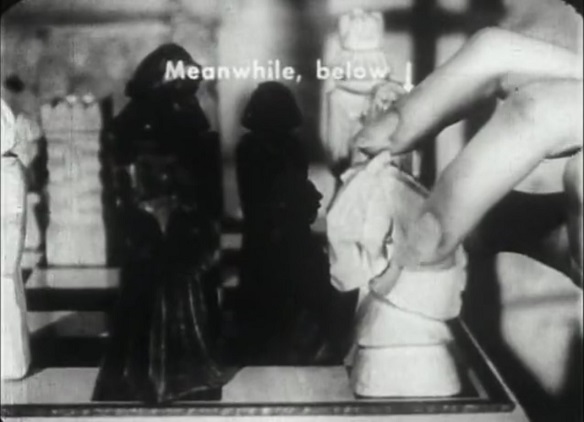
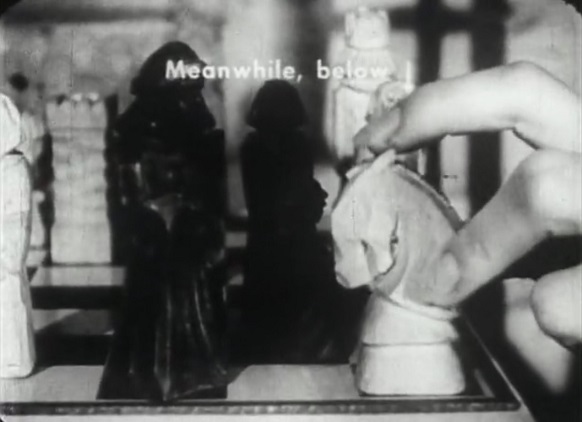
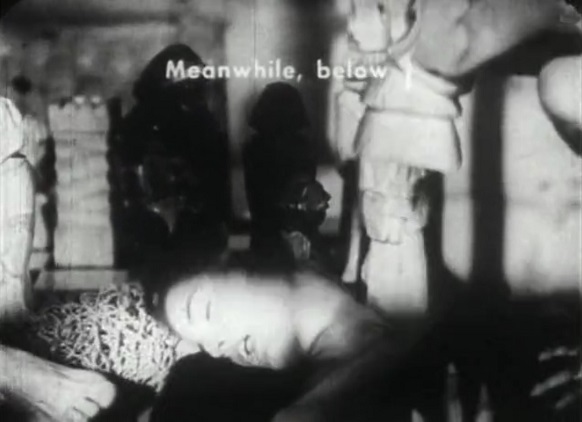
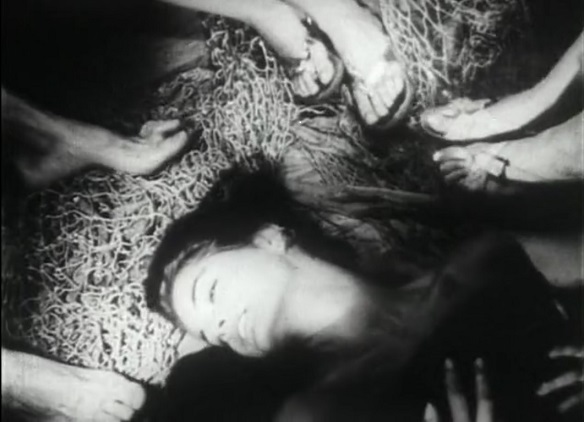
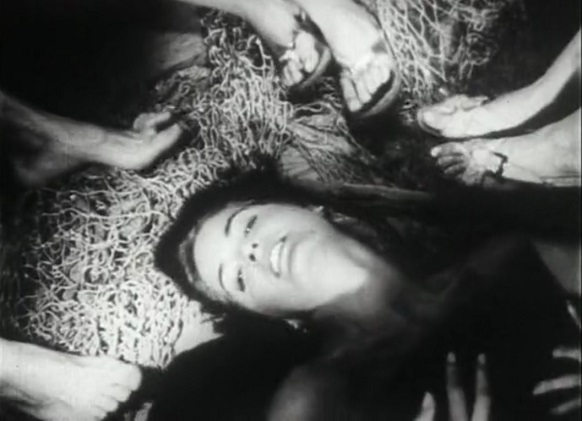
Updated: Saturday, April 27, 2019 11:20 AM CDT
Post Comment | Permalink | Share This Post
 Hello and welcome to the unofficial Brian De Palma website. Here is the latest news: |
|---|
E-mail
Geoffsongs@aol.com
-------------
Recent Headlines
a la Mod:
Listen to
Donaggio's full score
for Domino online
De Palma/Lehman
rapport at work
in Snakes
De Palma/Lehman
next novel is Terry
De Palma developing
Catch And Kill,
"a horror movie
based on real things
that have happened
in the news"
Supercut video
of De Palma's films
edited by Carl Rodrigue
Washington Post
review of Keesey book
-------------
Exclusive Passion
Interviews:
Brian De Palma
Karoline Herfurth
Leila Rozario
------------
------------
| « | July 2024 | » | ||||
| S | M | T | W | T | F | S |
| 1 | 2 | 3 | 4 | 5 | 6 | |
| 7 | 8 | 9 | 10 | 11 | 12 | 13 |
| 14 | 15 | 16 | 17 | 18 | 19 | 20 |
| 21 | 22 | 23 | 24 | 25 | 26 | 27 |
| 28 | 29 | 30 | 31 | |||
De Palma interviewed
in Paris 2002
De Palma discusses
The Black Dahlia 2006

Enthusiasms...
Alfred Hitchcock
The Master Of Suspense
Sergio Leone
and the Infield
Fly Rule
The Filmmaker Who
Came In From The Cold
Jim Emerson on
Greetings & Hi, Mom!
Scarface: Make Way
For The Bad Guy
Deborah Shelton
Official Web Site
Welcome to the
Offices of Death Records





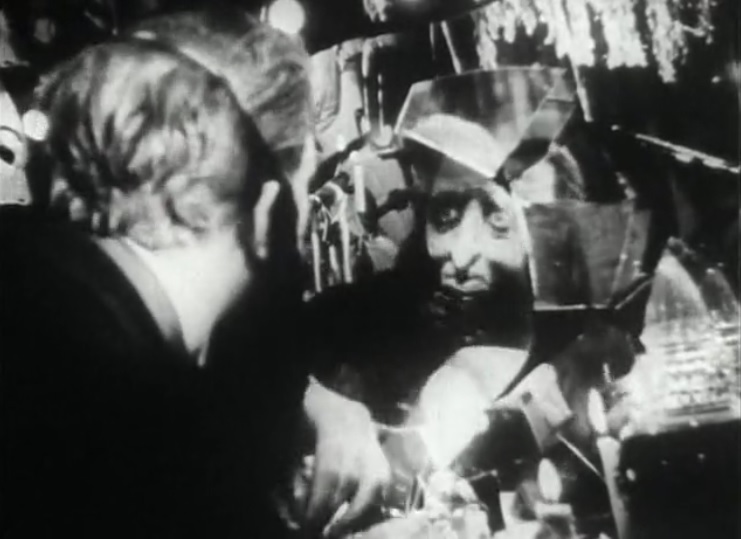
"Woton’s Wake boils with a fervent, creative, youthful vitality. It’s a product of the multifaceted cultural scene of a particular time and place (the New York of the 1960s). It’s also a low-budget film, made—literally—with De Palma’s own hands. This is, at least in part, what gives Woton’s Wake its collage form, wild and raw, but also thoroughgoing: from the very conception of character and narrative as complex assemblages, to formal choices that privilege operations of fragmentation, cutting, pasting, stitching; from the depiction of mismatching architectures, to the treatment of space as the envelope for pockets of film history—or as the battleground for colliding energies."
Read the rest of Álvarez López' insightful analysis of Woton's Wake at MUBI. "Watched today," she writes, "Woton’s Wake signals a strong tendency in the filmmaker’s career: his investment in collage." You can also watch the short film for free at Vimeo.
 Beginning with this post, and leading up to the U.S. release of Passion, I'll be moving through Brian De Palma's filmography movie-by-movie, chronologically, to post links, etc., to articles, essays, and other items that may have fallen through the cracks of this site within the past couple of years. We start the "Spring Special" with Brian De Palma's early short, Woton's Wake, which sometime last year was included on the DVD compilation The Weird World Of Weird, Volume 2, from Something Weird Video (the same company that a few years ago released the first-ever DVD or video edition of De Palma's Murder A La Mod). Thanks to Chris for bringing this release to my attention.
Beginning with this post, and leading up to the U.S. release of Passion, I'll be moving through Brian De Palma's filmography movie-by-movie, chronologically, to post links, etc., to articles, essays, and other items that may have fallen through the cracks of this site within the past couple of years. We start the "Spring Special" with Brian De Palma's early short, Woton's Wake, which sometime last year was included on the DVD compilation The Weird World Of Weird, Volume 2, from Something Weird Video (the same company that a few years ago released the first-ever DVD or video edition of De Palma's Murder A La Mod). Thanks to Chris for bringing this release to my attention.About a year ago, Mikael Gaudin-Lech posted an essay about Woton's Wake at Stardust Memories. "A mythological digression," states Gaudin-Lech, "Woton's Wake is a wandering made of odds and ends, nightmares and dreams, cardboard and ghosts, figures of haunted expressionism (currently in the spotlight at the Cinematheque) which reflected 'the eternal concern of the German soul which seeks to meet in dreams and fantasy' [H. Eisner Lotte quote from 'Notes on the style of Fritz Lang', in La Revue du Cinema, February 1947]. Similarly, if 'burning from within is what best characterizes the Murnalien actor' (Hervé Joubert-Laurencin), Woton embodies this character's internal combustion, a monstrous creature who disappears behind distorting makeup, ablaze, making his entire grotesque face unrecognizable (fire, smoke, scabs, hair pieces, makeup)."
Later in the essay, Gaudin-Lech, while describing the first scenes of Woton's Wake, notes a direct reference to Alain Resnais' Hiroshima, mon amour, which is one of the published screenplays that appears on the bookshelf at the start of the film (see image above). "In the foreground, Woton, Nosferatu hybrid and elusive, haunting the rooftops, surprises an embracing couple with an ignited blowtorch, creating a vivid picture that obviously brings to mind the bodies of Hiroshima, mon amour. Using canted angles, fades, close-ups, a persistent contrast between the white of the sky and the black of the buildings, highlighting the salient edges of natural scenery and the thrust of its frames, DePalma transforms the film school where his film was shot into a universe dreamlike and strange, made of rubble and devastated warehouses in disarray. Of course, the German Expressionist cinema was summoned, but also abstract art, the underground cinema shot in Bolex 16mm, contemporary architecture..."
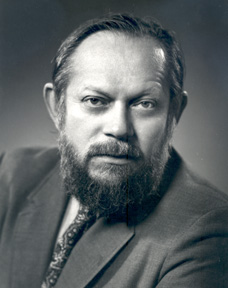 The Hollywood Reporter reported today that "Amos Vogel, creator of the influential Manhattan avant garde film club Cinema 16 and co-founder of the New York Film Festival, died Tuesday in his apartment off Washington Square Park. He was 91." At Cinema 16, Vogel, who has been called the ultimate cinephile, juxtaposed films the way filmmakers such as Eisenstein collided images. In the documentary named after his seminal book, Film As A Subversive Art (which can be viewed here), Vogel explained, "When I showed five or six films on the Cinema 16 program, they were always selected from the point of view how they would collide with each other in the minds of the audience. On one program there would always be an abstract film, a scientific film, an avant-garde film and a political documentary, because my intention at all times was to subvert audience expectations by showing such diverse and different films on one and the same program." Cinema 16 was founded in 1947 by Vogel and his wife, Marcia.
The Hollywood Reporter reported today that "Amos Vogel, creator of the influential Manhattan avant garde film club Cinema 16 and co-founder of the New York Film Festival, died Tuesday in his apartment off Washington Square Park. He was 91." At Cinema 16, Vogel, who has been called the ultimate cinephile, juxtaposed films the way filmmakers such as Eisenstein collided images. In the documentary named after his seminal book, Film As A Subversive Art (which can be viewed here), Vogel explained, "When I showed five or six films on the Cinema 16 program, they were always selected from the point of view how they would collide with each other in the minds of the audience. On one program there would always be an abstract film, a scientific film, an avant-garde film and a political documentary, because my intention at all times was to subvert audience expectations by showing such diverse and different films on one and the same program." Cinema 16 was founded in 1947 by Vogel and his wife, Marcia.The Hollywood Reporter article quotes Martin Scorsese: "If you’re looking for the origins of film culture in America, look no further than Amos Vogel. Amos opened the doors to every possibility in film viewing, film exhibiton, film curating and film appreciation. He was also unfailingly generous, encouraging and supportive of so many young filmmakers, including me when I was just starting to make my first pictures. No doubt about it — the man was a giant." In 1963, Vogel founded the New York Film Festival with Richard Roud.
Straight away, Alain Resnais’ masterful new film announces its proudly mixed-up character. Resnais is a director who has always complicated drama with comedy, realism with surrealism, philosophy with pop culture – and vice versa. Invention and surprise are his watchwords: as the French critic François Thomas once remarked, Resnais’ gambit as an artist is to outrage or confound viewers at the start of a film, but hold them in their seats to the very end.
RESNAIS AS OVERLOOKED INSPIRATION FOR DE PALMA
At the start of De Palma's 1962 short film Woton's Wake, the camera briefly pans over a set of books on a shelf. Included on that shelf amongst published screenplays by Ingmar Bergman, film theory books by Sergei M. Eisenstein, V.I. Pudovkin, and others, are separate published screenplays for two early films by Resnais: Hiroshima Mon Amour and Last Year At Marienbad. Armed with this fact, one can detect a seemingly conscious (though perhaps subconscious) strain of Marienbad in De Palma's early feature Murder a la Mod. The influence of Resnais on De Palma's work is worth investigating, especially now that it has come full circle to where a major critic sees De Palma in late-period Resnais.
Newer | Latest | Older